Home>Articles>How Much Electricity Does An LED Light Bulb Use
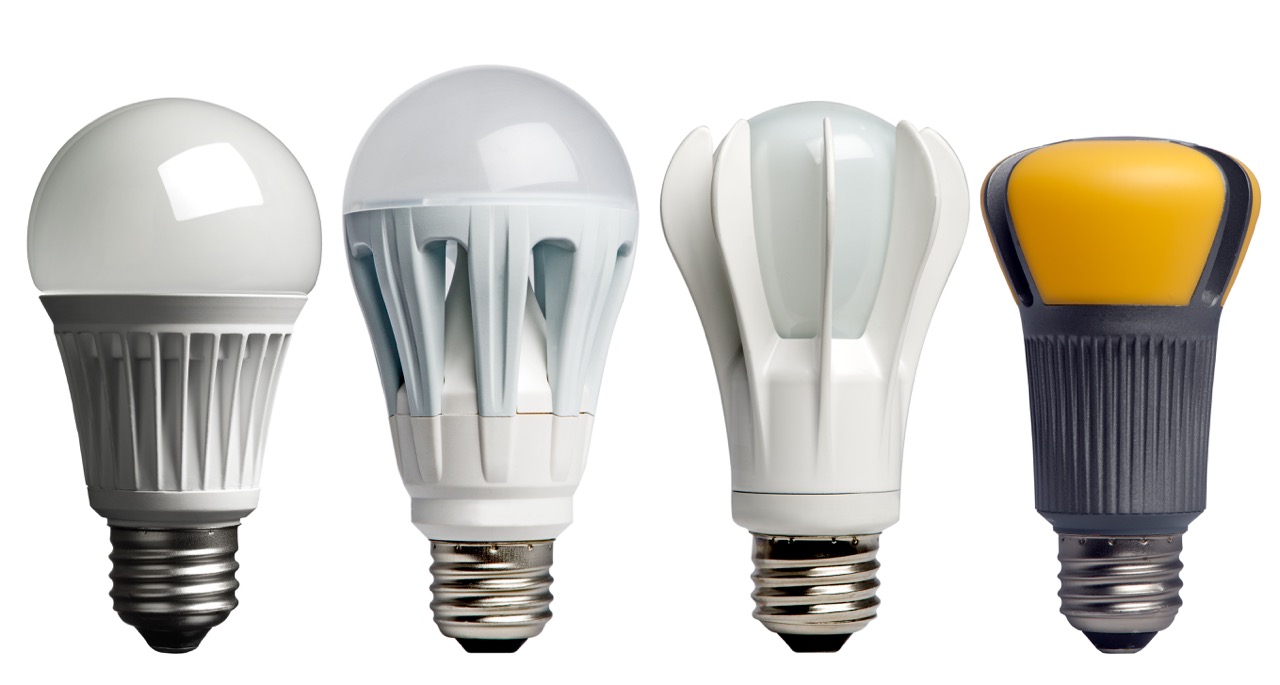

Articles
How Much Electricity Does An LED Light Bulb Use
Modified: August 20, 2024
Discover the energy efficiency of LED light bulbs. Learn how many kilowatt-hours LED bulbs consume compared to traditional incandescent bulbs. Read more in our articles.
(Many of the links in this article redirect to a specific reviewed product. Your purchase of these products through affiliate links helps to generate commission for Storables.com, at no extra cost. Learn more)
Introduction
The rise of LED light bulbs has revolutionized the way we illuminate our homes and businesses. Not only do these energy-efficient bulbs provide bright and long-lasting light, but they also have a significantly lower environmental impact compared to traditional incandescent or fluorescent bulbs.
If you’re considering switching to LED light bulbs, one key factor to consider is their electricity usage. Understanding how much electricity an LED light bulb consumes can help you make an informed decision and calculate the potential energy savings.
In this article, we will delve into the world of LED light bulbs and explore their electricity usage. We will uncover how LED light bulbs work, explore the factors that affect their energy consumption, and discuss how to calculate the electricity usage of an LED bulb. Additionally, we will compare LED bulb energy consumption to that of traditional bulbs to highlight the significant energy-saving potential of LEDs.
Key Takeaways:
- LED light bulbs are about 80% more energy-efficient than incandescent bulbs, providing the same or higher light output while consuming significantly less electricity. This translates into substantial long-term energy savings and reduced environmental impact.
- Understanding the factors that influence LED bulb energy consumption, such as brightness levels and color temperature, can help optimize their performance and maximize energy efficiency. By making informed decisions, users can contribute to a more sustainable future while enjoying the benefits of LED lighting.
Read more: How Much Does A Light Bulb Cost To Run
Understanding LED Light Bulbs
LED, short for Light Emitting Diode, is a semiconductor device that emits light when an electric current passes through it. LED light bulbs have become increasingly popular due to their numerous advantages over traditional incandescent and fluorescent bulbs.
Unlike incandescent bulbs that rely on a filament to produce light, LED bulbs work by passing an electrical current through a tiny microchip, which illuminates tiny light-emitting diodes. These diodes emit a bright, focused beam of light without generating excessive heat.
One of the primary advantages of LED light bulbs is their energy efficiency. While incandescent bulbs waste a significant portion of energy as heat, LED bulbs convert a large share of electric energy directly into light, resulting in significantly lower energy consumption. This efficiency allows LED bulbs to produce the same amount of light as traditional bulbs while using a fraction of the electricity.
LED bulbs are also known for their longevity. On average, LED bulbs have a much longer lifespan than incandescent or fluorescent bulbs. While traditional bulbs typically last for several thousand hours, LED bulbs can last for tens of thousands of hours, resulting in fewer replacements and reduced environmental waste.
Furthermore, LED light bulbs are available in a variety of colors and can be easily dimmed to create the desired ambiance. This versatility makes them an ideal choice for various applications, including residential lighting, commercial spaces, and even outdoor lighting.
By understanding the inner workings of LED light bulbs, we can appreciate their superior efficiency, durability, and versatility. In the next section, we will delve deeper into how LED bulbs function and the science behind their energy-saving benefits.
How LED Light Bulbs Work
To grasp the energy-saving capabilities of LED light bulbs, it’s helpful to understand the science behind their operation. LED bulbs work based on a phenomenon called electroluminescence.
Inside an LED light bulb, there are several layers of semiconductor materials. The most important layer is the diode, which consists of two distinct types of semiconductor material: the N-type (negative) and P-type (positive) layers. These layers are often made from compounds such as gallium arsenide or gallium phosphide.
When an electric current is applied to the LED bulb, electrons in the N-type layer gain energy and move into the P-type layer. As the electrons move across the junction between the two layers, they fill the “electron holes” within the P-type layer. In this process, the excess energy is released as light photons, resulting in the emission of visible light.
The color of the emitted light is determined by the properties of the semiconductor materials used. By varying the composition of these materials, LED manufacturers can produce different colors, including cool white, warm white, red, green, blue, and more.
LED light bulbs also contain a heat sink to dissipate any excess heat generated during operation. Inefficient incandescent bulbs release a significant amount of energy as heat, which contributes to their high energy consumption. In contrast, LED bulbs remain cool to the touch as they convert energy primarily into light rather than heat, making them much more energy-efficient.
The efficiency and long lifespan of LED light bulbs can be attributed to their solid-state design. Unlike traditional bulbs that rely on filaments or gas discharge, LED bulbs do not have any moving parts or delicate components that can easily break or wear out. This durability ensures that LED bulbs can provide reliable and consistent performance for many years.
Now that we have a better understanding of how LED light bulbs work, it’s time to explore how their electricity usage is measured and quantified. In the next section, we will look at the metrics used to evaluate LED bulb energy consumption.
Measuring Electricity Usage
In order to determine the electricity usage of an LED light bulb, we need to understand the metrics used to measure and quantify energy consumption. The primary unit of measurement for electricity usage is the watt, which represents the rate at which electrical energy is used or produced.
The wattage of a light bulb indicates the amount of power it consumes. For example, a 60-watt incandescent bulb consumes 60 watts of electrical power when it is turned on. However, when it comes to LED light bulbs, their wattage is typically much lower while still providing the same or even higher light output. This is due to the higher efficiency of LED technology.
To compare the energy consumption between different types of light bulbs, we can also look at their lumen output, which measures the amount of light they produce. Lumens are a more accurate representation of a light bulb’s brightness because it takes into account the efficiency of the bulb’s design. LED light bulbs generally produce more lumens per watt compared to traditional bulbs, resulting in significant energy savings.
Another important metric to consider is the kilowatt-hour (kWh). This unit of measurement represents the amount of energy consumed over an hour, and it is commonly used on utility bills to determine electricity usage. To calculate the total energy consumption of a light bulb, we need to know its wattage and how many hours it is used per day. By multiplying the wattage by the number of hours used and dividing by 1000, we can determine the energy usage in kilowatt-hours.
For example, let’s say you have an LED light bulb with a wattage of 8 watts, and you use it for 5 hours per day. The daily energy consumption would be 8 watts x 5 hours = 40 watt-hours, which is equal to 0.04 kilowatt-hours (since 1 kilowatt-hour is equal to 1000 watt-hours). By multiplying this by the number of days in a month or year, you can determine the overall energy consumption of the LED bulb.
Understanding energy measurement metrics enables us to accurately assess and compare the electricity usage of LED light bulbs. In the next section, we will explore the energy efficiency of LED bulbs and the benefits they offer in terms of reducing energy consumption and utility costs.
Energy Efficiency of LED Light Bulbs
When it comes to energy efficiency, LED light bulbs are at the forefront of lighting technology. Their ability to convert a high percentage of electrical energy into light makes them significantly more efficient than traditional incandescent or fluorescent bulbs.
On average, LED light bulbs are about 80% more energy-efficient than incandescent bulbs. This means that they consume only a fraction of the electricity while producing the same amount of light or even more. This efficiency translates into substantial energy savings over the long term.
One of the key factors contributing to the energy efficiency of LED bulbs is their low wattage. LED bulbs typically have a much lower wattage compared to incandescent bulbs of the same light output. For example, an LED bulb producing the same amount of light as a 60-watt incandescent bulb may only consume around 8-10 watts of power. This significant reduction in wattage directly translates into lower electricity usage.
In addition to their low wattage, LED light bulbs also have a longer lifespan. Traditional incandescent bulbs usually last for a few thousand hours, while LED bulbs can last up to tens of thousands of hours. This longer lifespan means fewer replacements, resulting in reduced energy consumption and less waste.
Furthermore, LED bulbs are more efficient when it comes to directional lighting. Traditional bulbs emit light in all directions, requiring reflectors or diffusers to control the light output. LED bulbs, on the other hand, emit light in a specific direction, allowing for more focused and targeted illumination. This directional lighting minimizes wasted light and ensures that the light is directed exactly where it is needed.
The energy efficiency of LED light bulbs also extends to their cool operation. Unlike incandescent bulbs that emit a significant amount of heat, LED bulbs remain cool to the touch. This not only increases safety but also reduces the need for additional cooling systems or air conditioning, resulting in further energy savings.
Overall, the energy efficiency of LED light bulbs makes them a smart and sustainable choice for both residential and commercial lighting applications. By reducing energy consumption and utility costs, LED bulbs not only benefit the environment but also provide long-term savings for consumers. In the next section, we will explore the various factors that can affect the energy consumption of LED light bulbs.
LED light bulbs use significantly less electricity than traditional incandescent bulbs. On average, a 10-watt LED bulb can produce the same amount of light as a 60-watt incandescent bulb, resulting in substantial energy savings.
Factors Affecting LED Light Bulb Energy Consumption
While LED light bulbs are known for their energy efficiency, there are several factors that can influence their energy consumption. By understanding these factors, you can optimize the performance of your LED bulbs and maximize their energy-saving potential.
1. Brightness Level: The brightness or light output of an LED bulb can influence its energy consumption. Higher brightness levels typically require more electrical power. Adjusting the brightness level of your LED bulbs to meet your specific lighting needs can help optimize energy usage.
2. Color Temperature: LED bulbs come in a range of color temperatures, from warm white to cool white. Generally, bulbs with lower color temperatures require less energy compared to those with higher color temperatures. Choosing the right color temperature for your space can help reduce energy consumption.
3. Dimming Capability: LED bulbs that are dimmable offer additional energy-saving benefits. By dimming the lights when full brightness is not required, you can further reduce energy consumption. However, not all LED bulbs are compatible with dimmer switches, so it’s essential to select dimmable LED bulbs if this feature is desired.
4. Operating Environment: The ambient temperature can impact the performance and energy consumption of LED bulbs. Extreme temperatures, whether too hot or too cold, can affect the efficiency and lifespan of the bulbs. It’s important to select LED bulbs that are suitable for the operating environment to maintain optimal performance and energy efficiency.
5. Quality and Brand: The quality and brand of LED bulbs can vary, resulting in differences in energy efficiency. Choosing bulbs from reputable manufacturers and ensuring they meet quality standards can help ensure optimal energy-saving performance.
6. Usage Patterns: The amount of time LED bulbs are used can influence energy consumption. Using lighting controls, such as timers or motion sensors, can help ensure that lights are only on when needed, reducing unnecessary energy usage.
7. Maintenance: Proper maintenance and cleaning of LED bulbs can help maintain their energy efficiency. Dust and debris on the bulb’s surface can partially block the light output, requiring the bulb to consume more energy to produce the desired brightness. Regularly cleaning and maintaining LED bulbs can help ensure optimal energy-saving performance.
Understanding these factors and taking them into consideration can help maximize the energy-saving benefits of LED light bulbs. By optimizing their performance and usage, you can further reduce energy consumption and contribute to a more sustainable future.
Calculating the Electricity Usage of an LED Light Bulb
To accurately determine the electricity usage of an LED light bulb, you need to consider its wattage and the number of hours it is used per day. By following a simple calculation, you can estimate the energy consumption and understand the impact on your utility bills.
First, you’ll need to locate the wattage rating of your LED light bulb. This information is typically labeled on the bulb itself or provided on the bulb’s packaging. LED bulbs typically have lower wattages compared to traditional incandescent bulbs while providing the same or higher light output. For example, an LED bulb with a wattage of 8 watts may produce the same amount of light as a 60-watt incandescent bulb.
Next, determine the number of hours the LED bulb is used per day. This can be an estimate based on your typical usage pattern. For example, if you use the LED bulb for 5 hours each day, this will be the number of hours to use in the calculation.
Now, you can calculate the daily energy usage of the LED bulb. Multiply the wattage of the bulb by the number of hours it is used per day. For example, if you have an 8-watt LED bulb used for 5 hours, the daily energy usage would be 8 watts x 5 hours = 40 watt-hours.
To convert the daily energy usage to kilowatt-hours (kWh), divide the watt-hours by 1,000. In our example, 40 watt-hours would be 0.04 kilowatt-hours (since 1 kilowatt-hour is equal to 1,000 watt-hours).
To estimate the monthly or yearly energy consumption of the LED bulb, multiply the daily energy usage by the number of days in the respective period. For example, if you multiply the daily energy usage of 0.04 kilowatt-hours by 30 days, you would get an estimated monthly energy consumption of 1.2 kilowatt-hours.
Keep in mind that this calculation provides an estimate and may vary based on factors such as the actual usage pattern and any variations in the bulb’s performance over time. However, it offers a good starting point for understanding the electricity usage of your LED light bulb and its impact on your energy consumption.
By understanding and monitoring the electricity usage of your LED bulbs, you can make informed decisions about energy efficiency and potentially reduce your energy costs. LED bulbs are designed to be energy-efficient, and with proper usage, they can provide substantial energy savings and contribute to a more sustainable lifestyle.
Comparing LED Light Bulb Energy Consumption to Traditional Bulbs
When it comes to energy consumption, LED light bulbs outshine traditional incandescent and fluorescent bulbs by a wide margin. Let’s take a closer look at how LED bulbs compare to their traditional counterparts in terms of energy efficiency and cost savings.
1. Energy Efficiency: LED light bulbs are significantly more energy-efficient than incandescent bulbs. While incandescent bulbs waste a large portion of energy as heat, LED bulbs convert a higher percentage of electrical energy into light, resulting in lower energy consumption. On average, LED bulbs consume about 80% less energy than incandescent bulbs for the same light output, making them a more sustainable choice.
2. Lifespan: LED bulbs have a much longer lifespan compared to traditional bulbs. While incandescent bulbs typically last around 1,000 to 2,000 hours, LED bulbs can last up to 50,000 hours or more. This longevity reduces the need for frequent bulb replacements, saving both money and resources.
3. Cost Savings: LED bulbs may have a higher upfront cost compared to traditional bulbs, but their long lifespan and energy efficiency make them a cost-effective investment in the long run. The energy savings accumulated over the lifespan of LED bulbs can outweigh the initial cost, resulting in significant savings on electricity bills.
4. Environmental Impact: LED bulbs have a lower environmental impact compared to traditional bulbs. Their lower energy consumption reduces greenhouse gas emissions and helps combat climate change. LED bulbs also do not contain mercury, unlike fluorescent bulbs, which can pose a hazardous waste disposal challenge.
5. Heat Generation: Traditional bulbs, especially incandescent bulbs, generate a significant amount of heat while producing light. This excess heat not only wastes energy but also poses a fire risk. LED bulbs, on the other hand, produce very little heat, making them safer to touch and reducing the strain on cooling systems.
6. Flexibility and Design: LED bulbs offer more flexibility in terms of design and functionality. They can be easily dimmed, allowing for customization of lighting levels to suit different needs. LED bulbs also come in a variety of shapes, sizes, and colors, making them suitable for various lighting applications.
In summary, LED light bulbs surpass traditional incandescent and fluorescent bulbs in energy efficiency, lifespan, cost savings, environmental impact, heat generation, and design versatility. While traditional bulbs have served us well in the past, upgrading to LED technology represents a significant improvement in energy efficiency and sustainability.
Making the switch from traditional bulbs to LED bulbs not only saves energy and reduces environmental impact, but it also provides long-term cost savings. By embracing the energy-saving benefits of LED technology, we can enjoy well-lit spaces while minimizing our carbon footprint and contributing to a greener and more sustainable future.
Conclusion
LED light bulbs have revolutionized the way we light up our lives by providing energy-efficient and environmentally friendly lighting solutions. Their numerous advantages over traditional incandescent and fluorescent bulbs make them a clear choice for those seeking to reduce energy consumption and lower utility costs.
Through a deeper understanding of LED light bulbs, we have learned how they work and the science behind their energy-saving benefits. We have explored the factors that influence their energy consumption, such as brightness levels, color temperature, and dimming capability. By considering these factors, we can optimize the performance of LED bulbs and maximize their energy efficiency.
Calculating the electricity usage of LED light bulbs involves considering their wattage and the number of hours they are used per day. By estimating the energy consumption, we can gain insights into the impact on utility bills and make informed decisions about energy usage.
When comparing LED light bulb energy consumption to traditional bulbs, it becomes evident that LED bulbs offer superior energy efficiency, cost savings, and environmental benefits. Their long lifespan, reduced heat generation, and design versatility further contribute to their appeal and practicality.
In conclusion, LED light bulbs present a compelling alternative to traditional lighting options. By making the switch to LED technology, we can significantly reduce energy consumption, lower utility costs, and contribute to a more sustainable future. The advancements in LED lighting have not only improved the quality of lighting but have also aligned with our growing environmental consciousness.
So, whether you’re replacing bulbs in your home, office, or commercial space, consider making the switch to LED light bulbs. Not only will you enjoy the benefits of bright and long-lasting light, but you’ll also make a positive impact on the environment and save money in the process.
Frequently Asked Questions about How Much Electricity Does An LED Light Bulb Use
Was this page helpful?
At Storables.com, we guarantee accurate and reliable information. Our content, validated by Expert Board Contributors, is crafted following stringent Editorial Policies. We're committed to providing you with well-researched, expert-backed insights for all your informational needs.
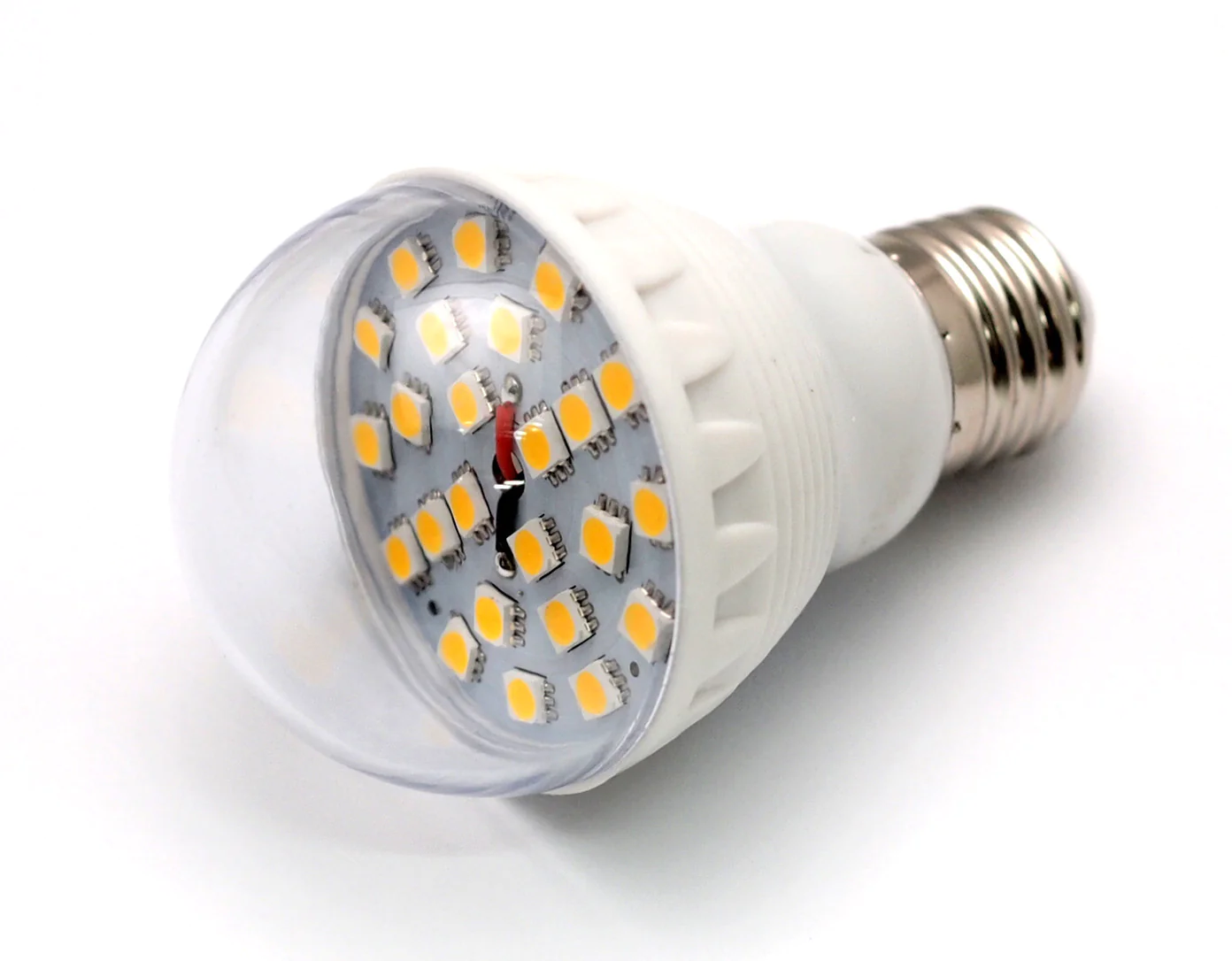
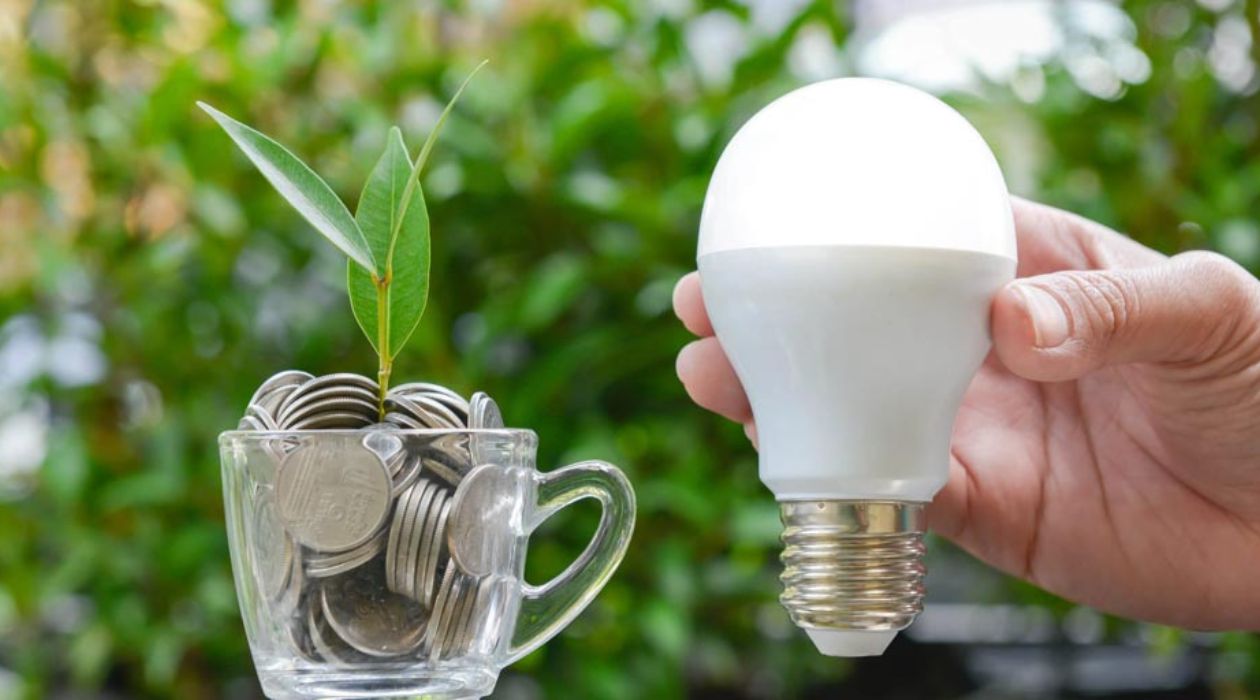
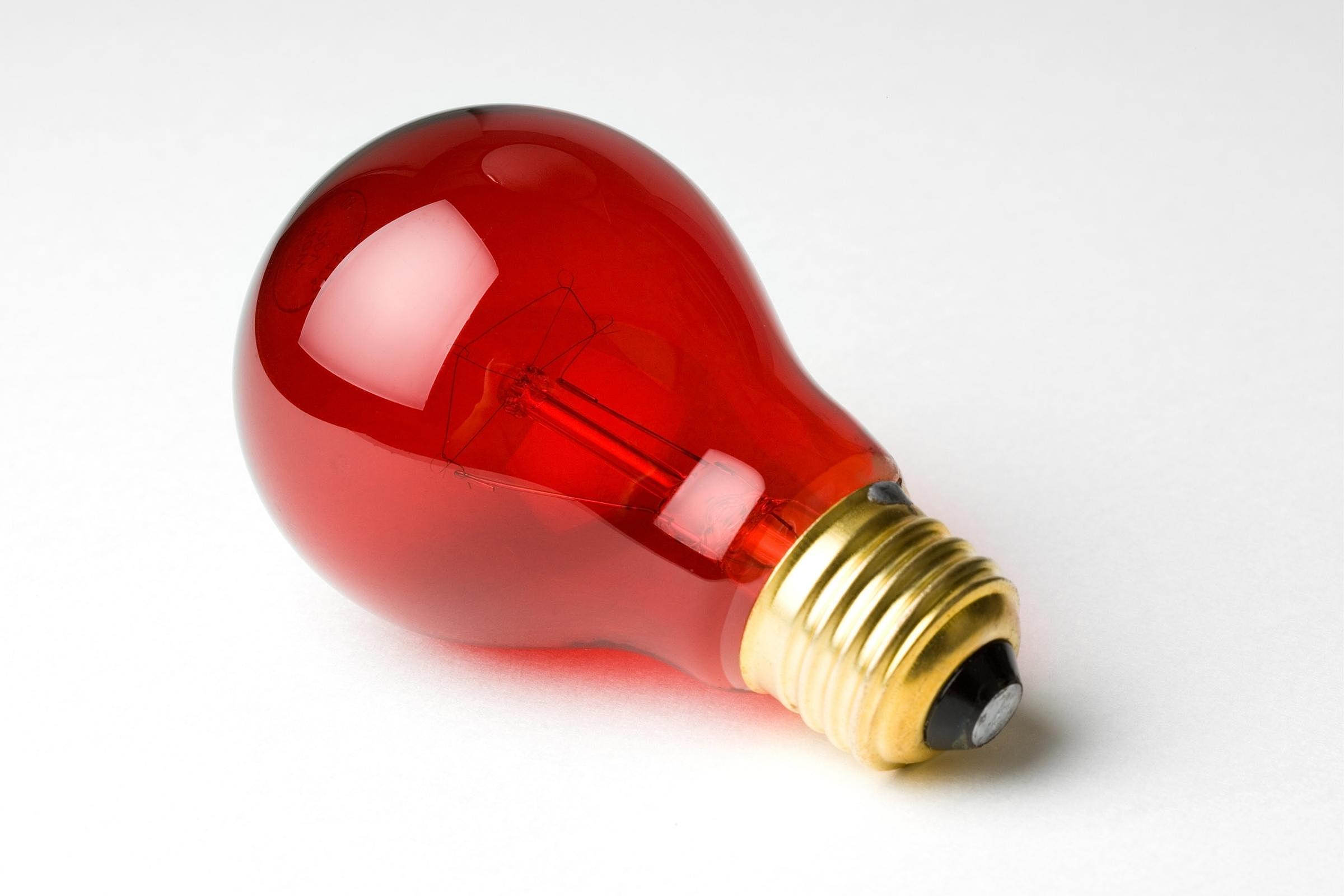
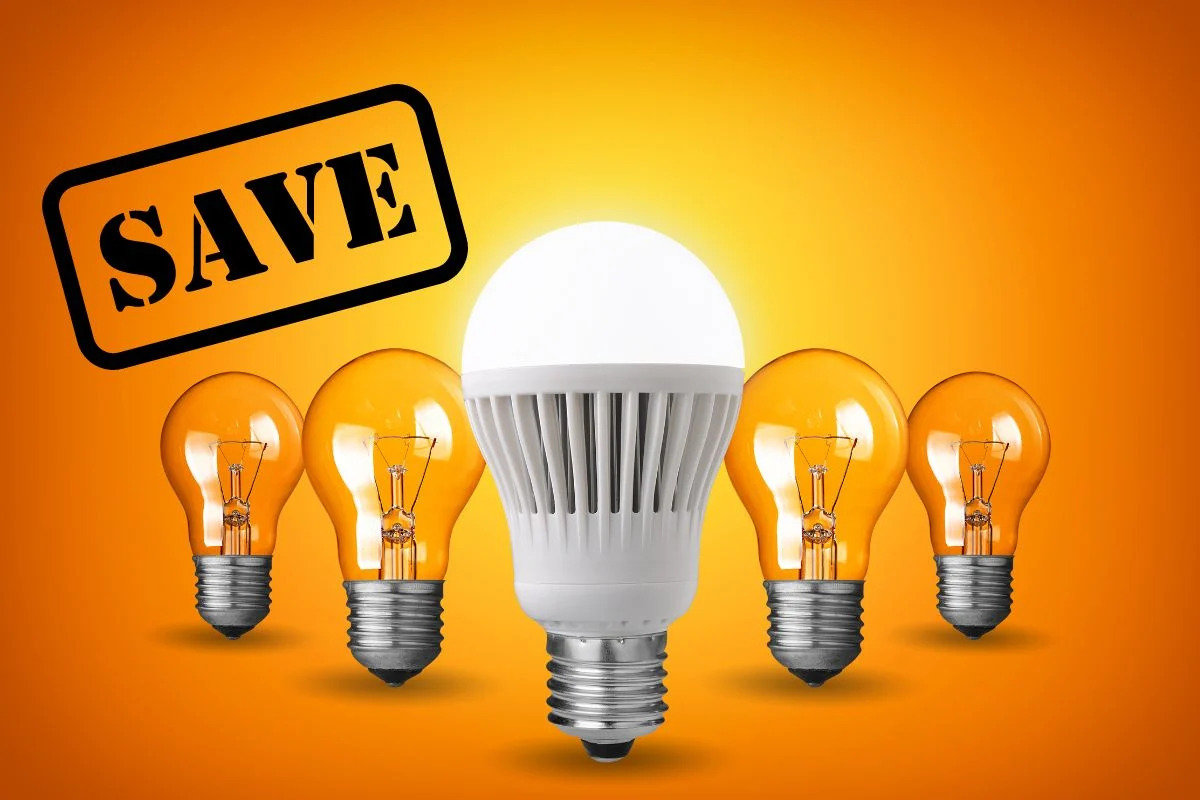
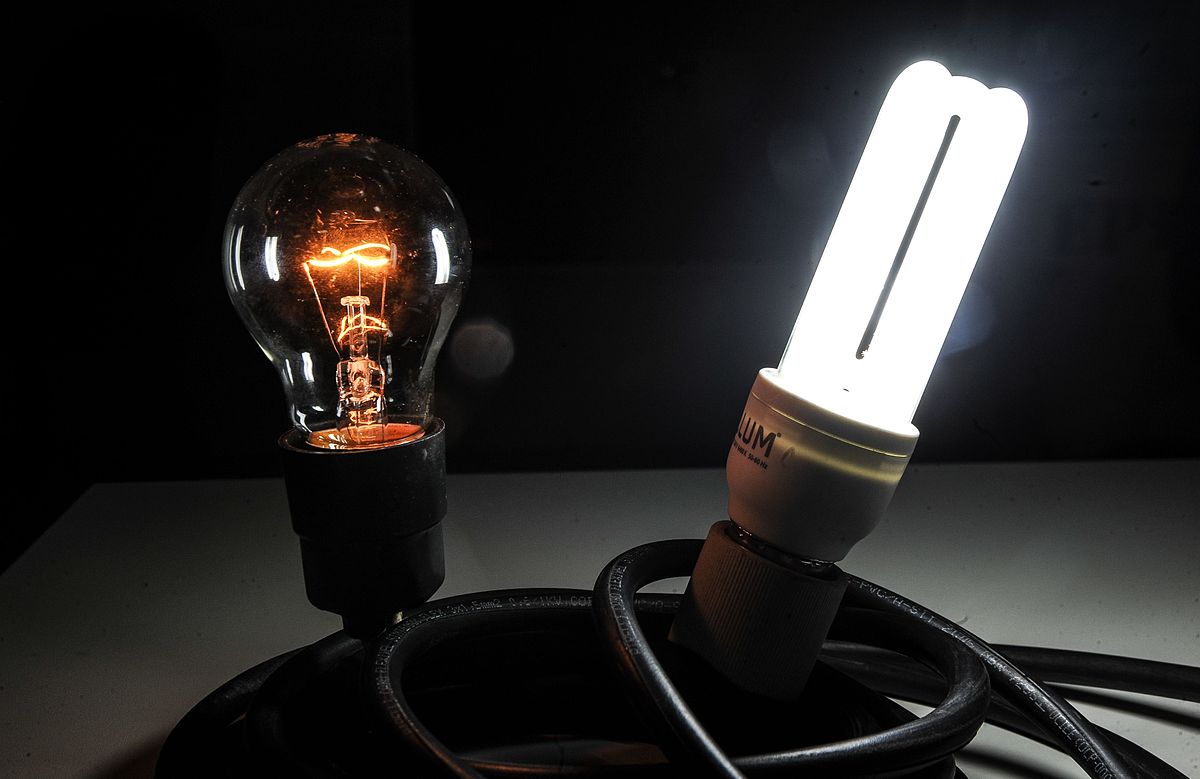
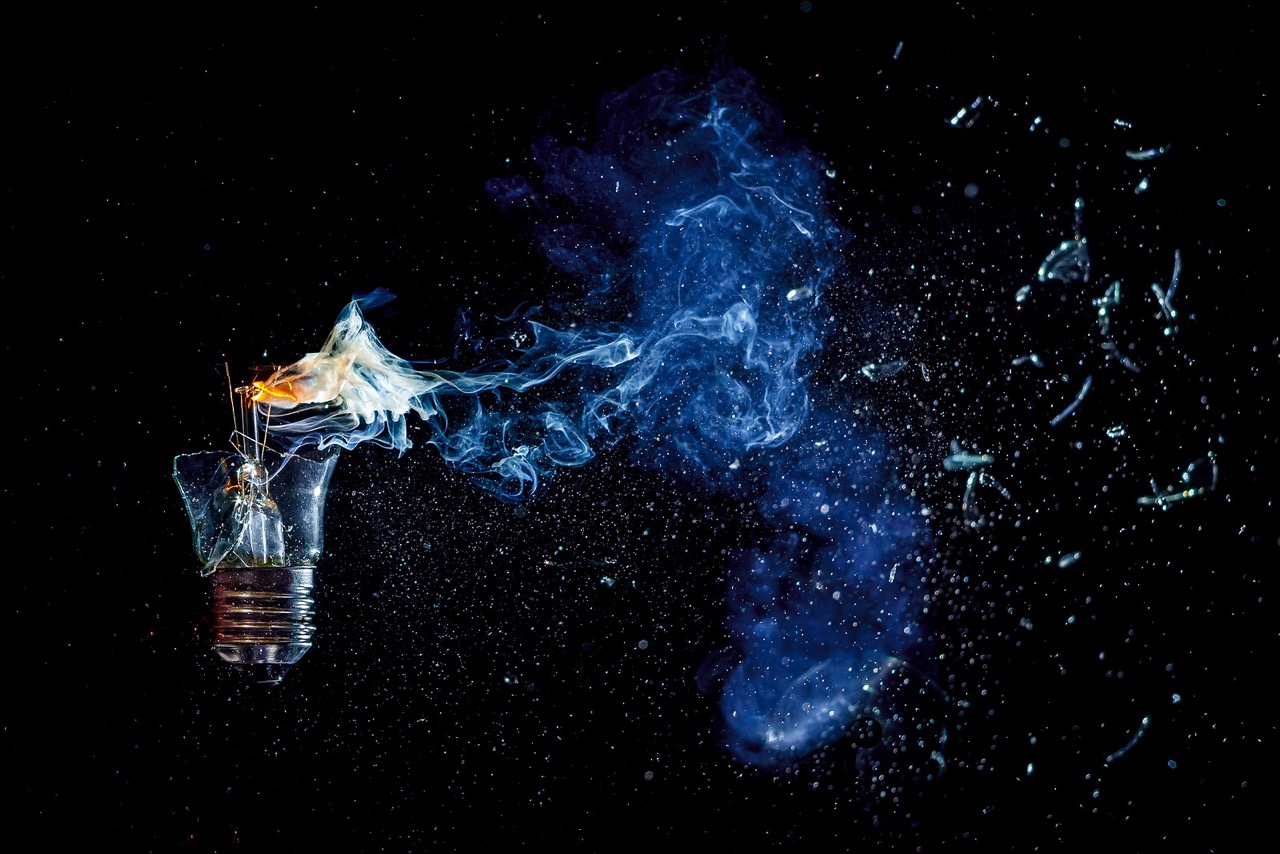
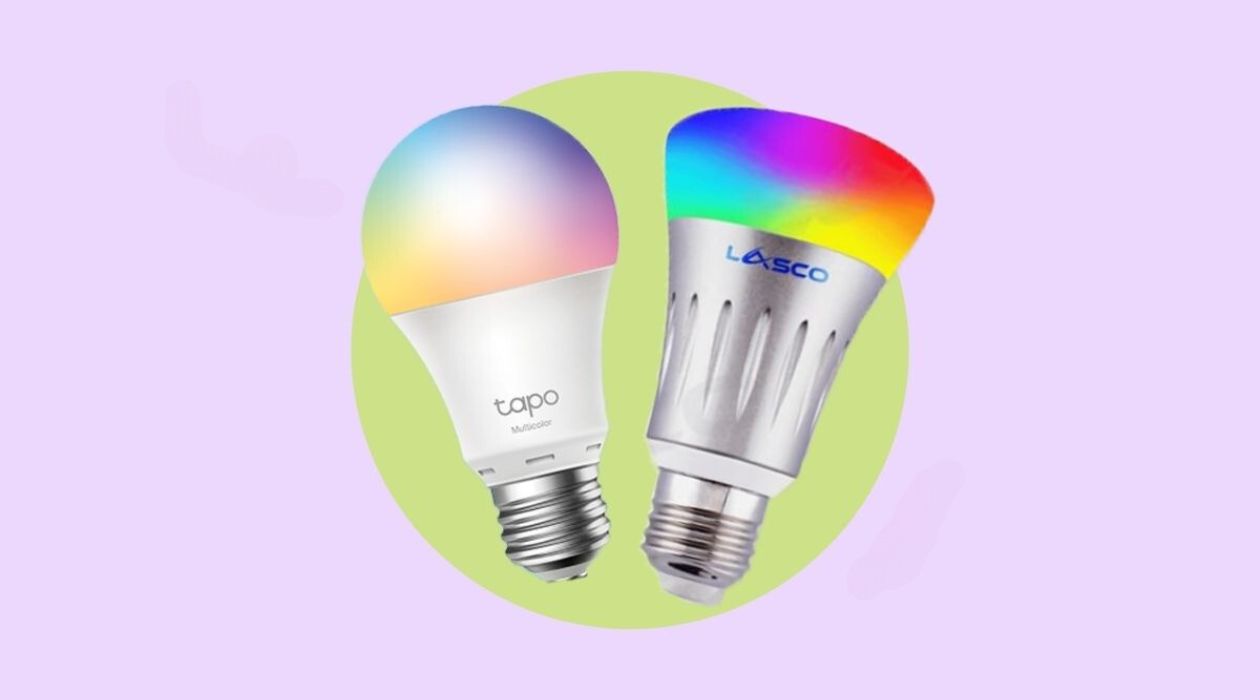
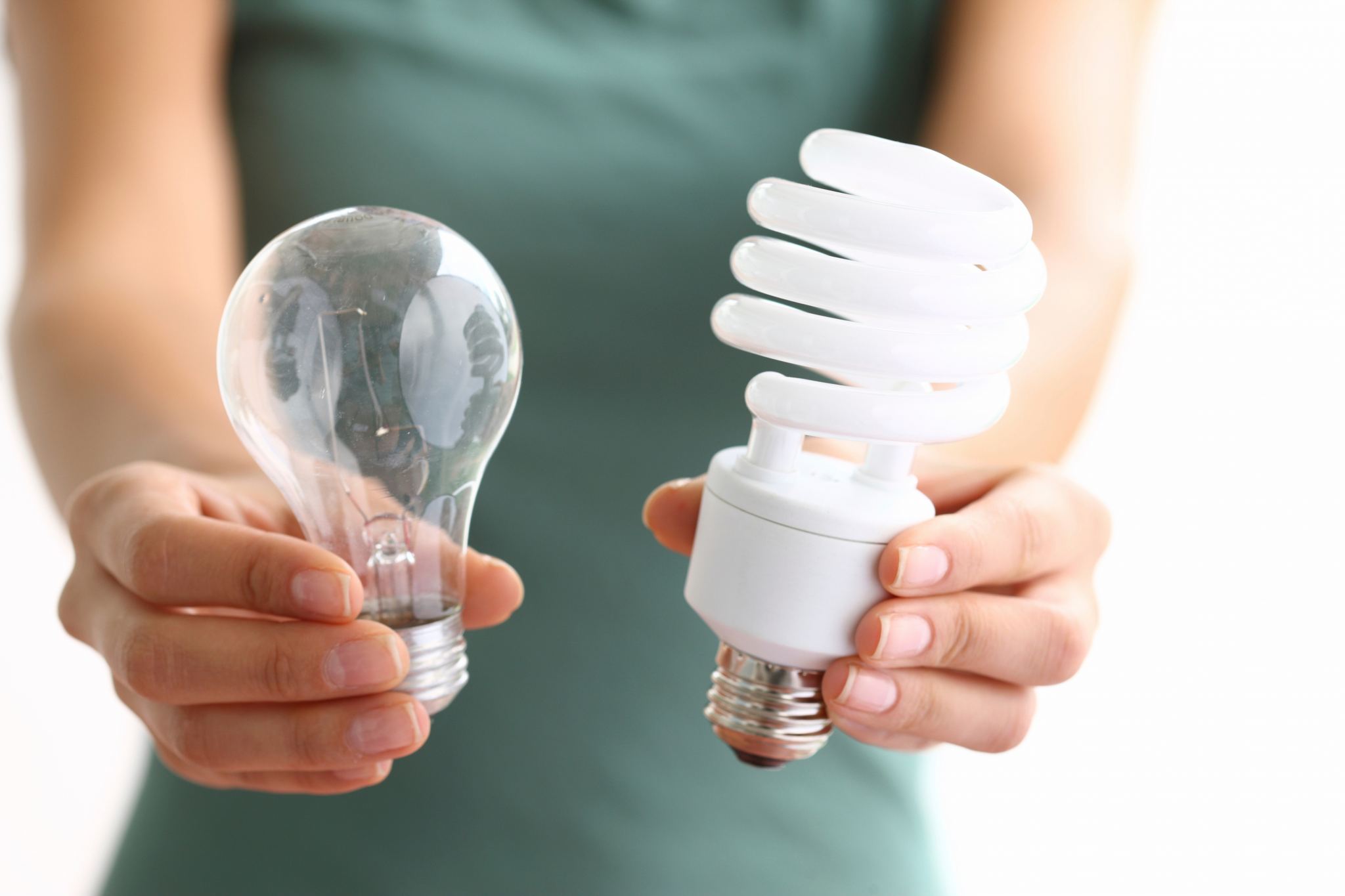
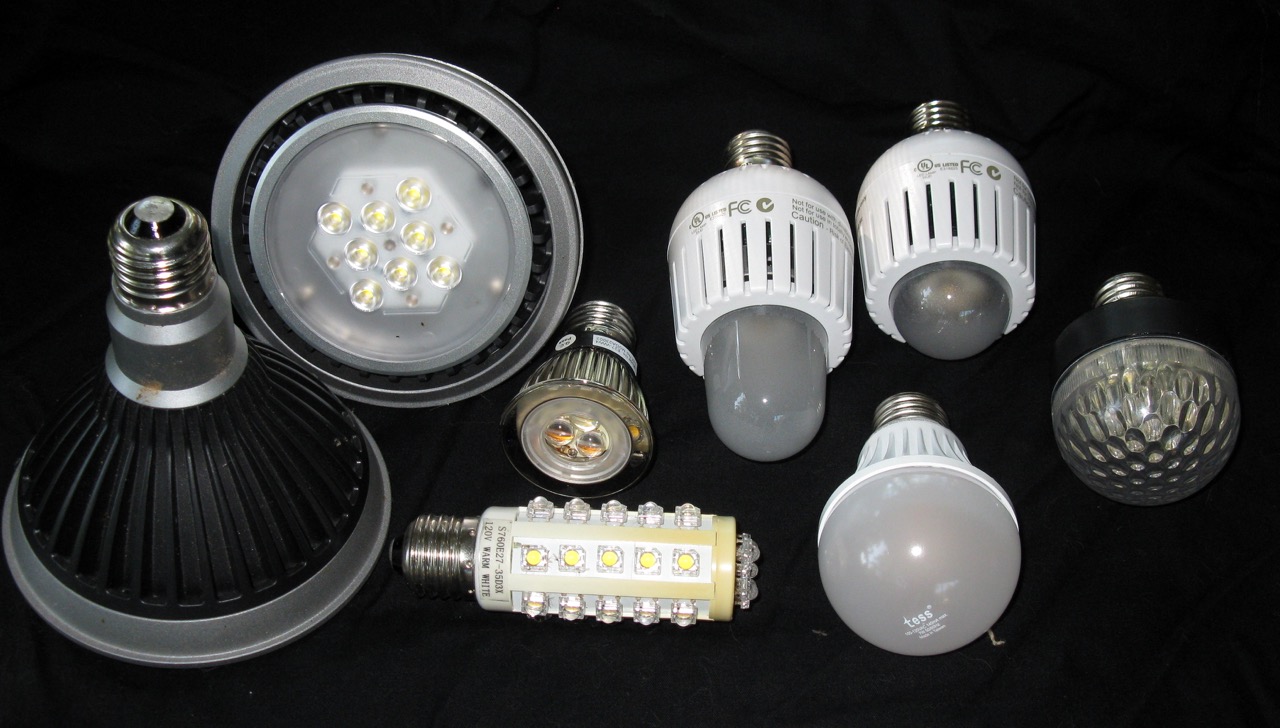
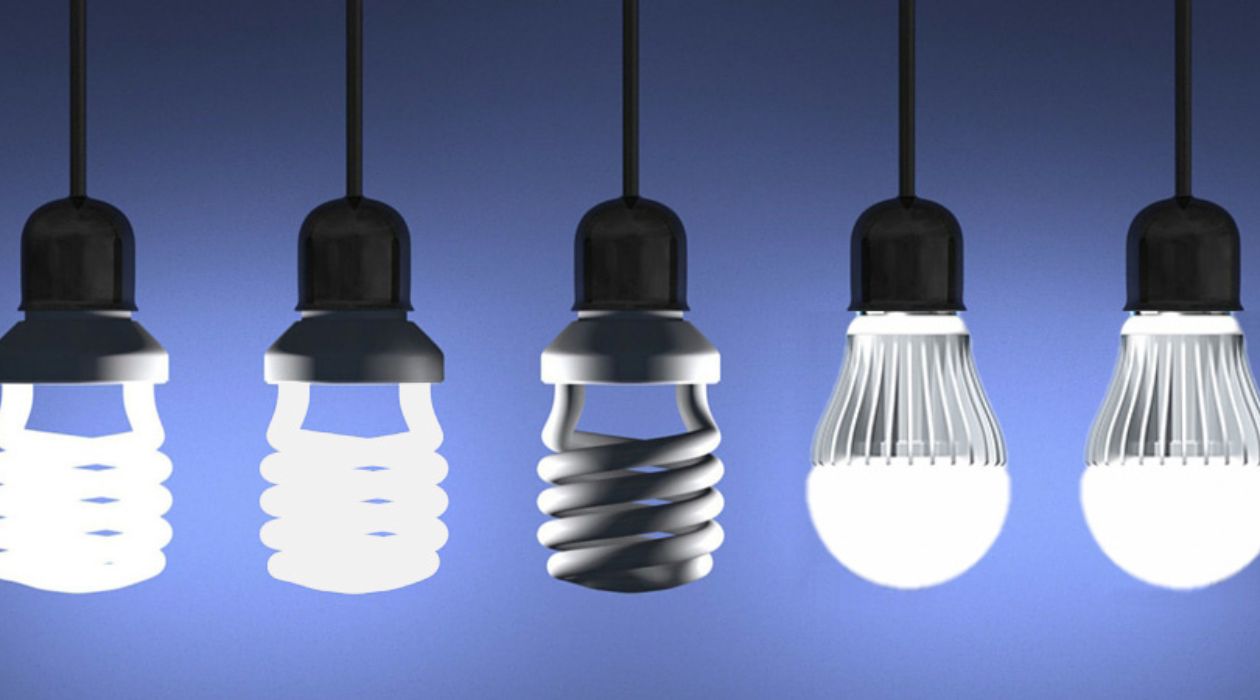
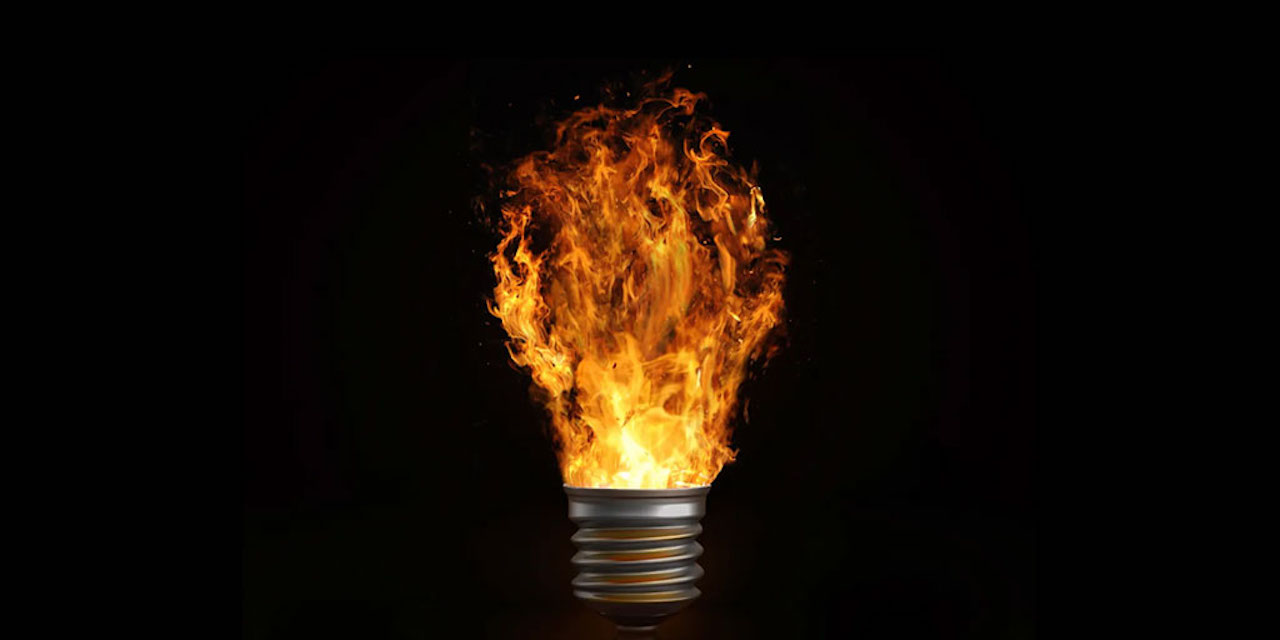
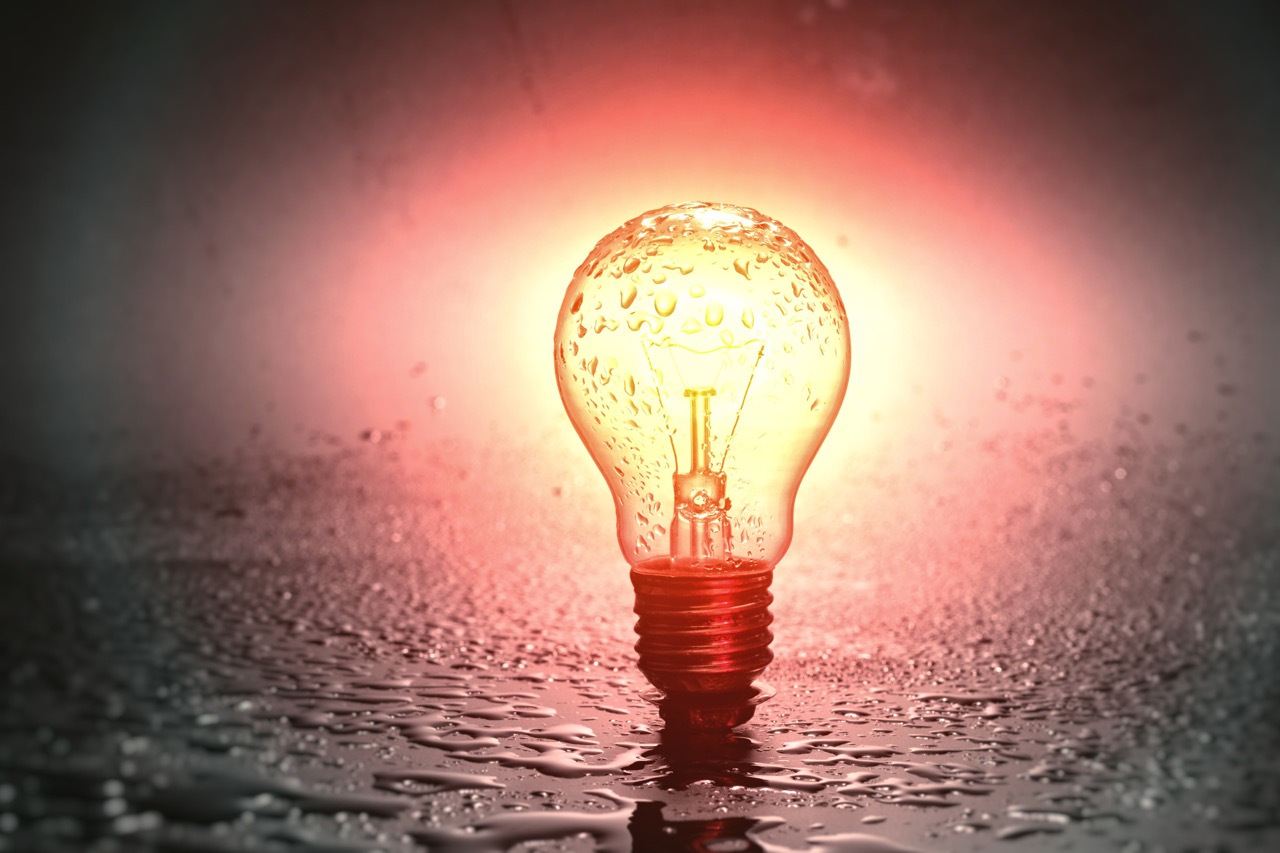

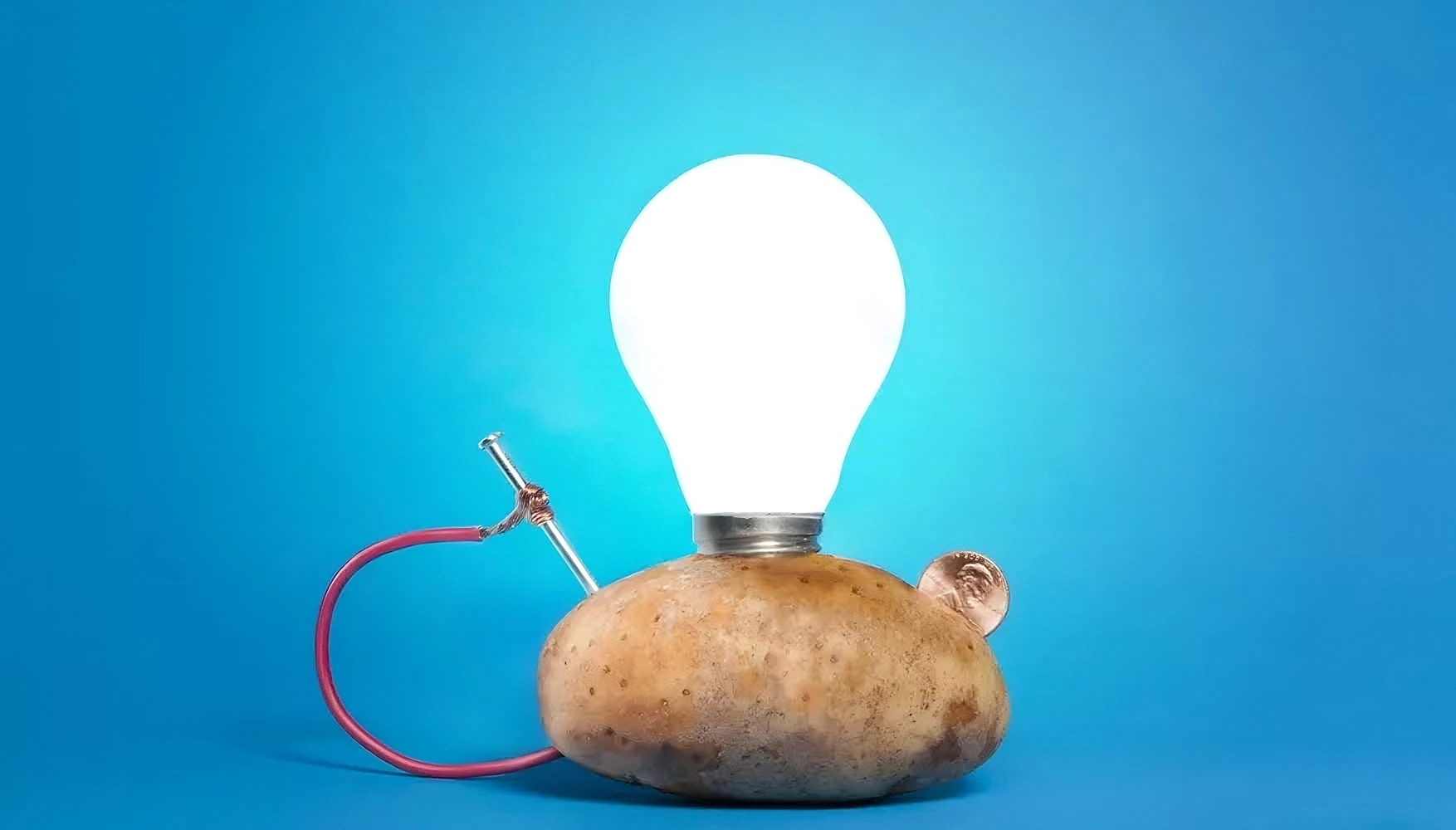

0 thoughts on “How Much Electricity Does An LED Light Bulb Use”